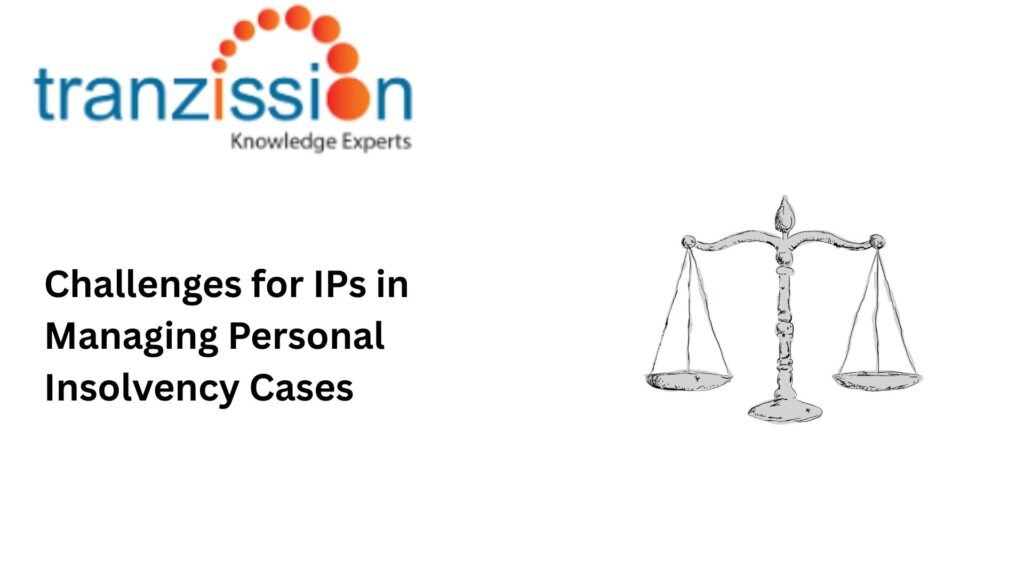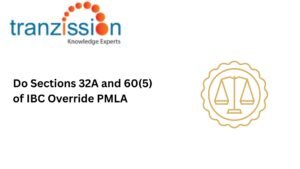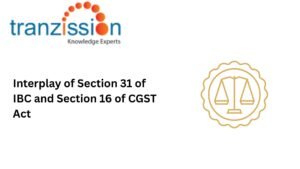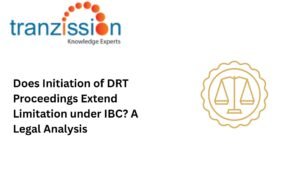
Challenges for IPs in Managing Personal Insolvency Cases

Table of Contents
Certain provisions of Part III of the IBC, were not immediately notified after the IBC was enacted. This delay led to uncertainty and limited the scope of personal insolvency cases. While the Central Government eventually notified specific sections of Part III related to personal guarantors of corporate debtors in 2019, the phased implementation and limited scope have created ongoing challenges and questions about the application of the IBC to individuals.
Lack of Clawback Mechanisms:
The IBC does not specifically address the reversal of fraudulent or preferential transactions in personal insolvency cases. While the IBC provides for avoidance transactions for corporate debtors, including preferential and undervalued transactions, these provisions primarily apply to corporate insolvency resolution processes (CIRP). Thus, there is a lack of equivalent mechanisms for personal insolvency cases.
Read more :Digital Personal Data Protection Act 2023 and the IBC 2016
Asset Tracing and Disclosure Challenges
Asset tracing and disclosure pose significant challenges in personal insolvency cases, particularly regarding the difficulty of finding accurate information about a debtor’s assets:
Unregistered and Overseas Assets:
Unregistered assets may not be included in any official register or database, making it difficult to track their existence and location. Even if some records exist, they may be incomplete, inaccurate, or inconsistently maintained, leading to discrepancies between the recorded assets and the actual physical asset. It may be difficult to verify assets located abroad as the laws and regulations regarding asset ownership can vary across jurisdictions making it difficult to comply with all applicable requirements.
Exploitation of Interim Moratorium:
The National Company Law Tribunal (NCLT) has addressed instances where guarantors have filed applications under section 94 or 95 to delay recovery proceedings under other legal provisions. There have also been instances where a guarantor invoked the interim moratorium, not for genuine insolvency resolution, but to delay recovery actions by secured creditors.
Operational and Procedural Hurdles
- Many individuals and businesses are unaware of the personal insolvency framework and its provisions, especially entrepreneurs and small business owners.
- The process can be complex and costly, making it difficult for individuals with limited resources to access the framework.
- The personal insolvency process can be slow and inefficient, causing further distress for debtors and creditors. Delays can be caused by overburdened tribunals and procedural bottlenecks.
- Entrepreneurs and small business owners often have their personal and business liabilities intertwined, making it difficult to navigate the framework.
Ethical and Conduct Concerns
Ethical concerns in personal insolvency cases arise when insolvency professionals fail to act with integrity, objectivity, and transparency, negatively impacting the debtors and creditors:
Instances of Misconduct:
In the case of In Re: Mukesh Mohan, the Insolvency and Bankruptcy Board of India (IBBI) found an insolvency professional guilty of misconduct. The IP in this case was found to have deceived the IBBI, the NCLT, and the Committee of Creditors (CoC). As a result, he was suspended from practice fro one year.
Inadequate Oversight:
There is a lack of robust mechanisms for monitoring and auditing IP conduct. Further, regulatory gaps and inconsistencies in enforcement can hinder effective oversight and accountability.
Recommendations for Improvement
The IBBI plays an important role in investigating and addressing the misconduct and ensuring the integrity of the entire process. To improve the legal framework on personal insolvency, it is suggested:
- To enhance asset disclosure norms, by mandating detailed asset declarations, including foreign holdings.
- To implement full notification of all sections related to personal insolvency under the IBC.
- To empower the IBBI, and other regulatory bodies, to audit and investigate IP conduct.
- To develop specialized training programs for IPs handling personal insolvency cases.
Conclusion : Personal Insolvency Cases
The personal insolvency process under the IBC mainly faces hindrances like limited awareness, accessibility issues, and systematic delays. To address these stakeholders can strengthen regulatory requirements, leverage technology, promote international cooperation, and implement legal and institutional reforms. Legal reforms and amendments by the IBBI, such as mandatory asset disclosure and enhanced disclosure norms, can ensure the effectiveness and efficiency for individual debtors and creditors alike.





